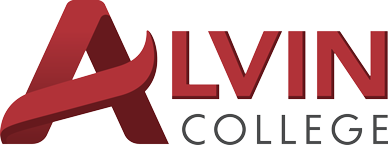DCVS Technical Standards
DCVS Technical Standards
A Sonographer is a Diagnostic Ultrasound Professional recognized by professional credentials, academic study, and hands-on clinical experience. They are equipped to deliver essential diagnostic patient care services using ultrasound technology and related procedures. Their scope of practice includes any legally permitted procedures where they've received specific education and training, demonstrated competence, and hold the relevant registry certification(s), which is the established standard in ultrasound.
The role of a sonographer inherently demands strong cognitive, psychomotor, and affective skills. Crucially, a sonographer must always perform their duties without risking physical or mental harm to themselves, colleagues, or patients.
The following details the physical, mental, and emotional requirements for the Diagnostic Medical Sonography profession. This job description is designed to give prospective Sonography students a clear understanding of a Sonographer’s essential responsibilities, functions, physical and mental demands, and the human relations aspects of the role. Use this information to assess how your own capabilities align with those required of a Sonographer.
Examples of a sonographer’s essential job functions
The diagnostic medical sonographer must be able to:
- Physical Requirements
- Work standing on his/her feet 80% of the time
- Use both hands, wrists, and shoulders to maintain prolonged arm positions necessary for Scanning and perform fine motor skills.
- Lift more than 50 pounds routinely.
- Transport, move, and or lift patients from a wheelchair or stretcher to the examination table or patient bed, and physically assist patients into proper positions for examination.
- Push, pull, bend and stoop routinely to move and adjust sonographic equipment and perform studies.
- Use senses (vision, hearing, and touch) to adequately view sonograms, including color distinctions; distinguish audible sounds; perform eye/hand coordination skills required in sonographic examinations; and recognize changes in patient’s condition and needs.
- Work in a semidarkened room for prolonged periods of time.
- Be physically capable of carrying out all assigned duties.
- Mental and Intellectual Requirements
The Diagnostic Medical Sonographer must be able to:- Communicate effectively, verbally and nonverbally, with patients and other healthcare professionals to explain procedures, give instructions, and give and obtain information.
- Organize and accurately perform the individual steps in a sonographic procedure in the proper sequence according to established standards.
- Understand and react quickly to verbal instructions and patient needs.
- Follow directions effectively and work closely with members of the healthcare community.
- View and evaluate recorded images for the purpose of identifying proper protocol, procedural sequencing, technical qualities and identification of Pathophysiology.
- Apply problem solving skills to help optimize patient care and produce the best diagnostic information possible.
- Emotional Requirements
The Diagnostic Medical Sonographer must be able to:- Provide physical and emotional support to the patient during sonographic procedures.
- Interact compassionately and effectively with the sick and/or the injured.
- Handle stressful situations related to technical and procedural standards and patient care situations.
- Adapt to changing environments and be able to prioritize tasks.
- Project an image of professionalism.
- Demonstrate a high level of compassion for others, a motivation to serve, integrity, and a consciousness of social values.
- Interact positively with people
COLLEGE & CAREER PATHWAYS
Diagnostic Cardiovascular Sonography is part of our Health Career Pathway. Click the box below to see other Health programs that may interest you.

